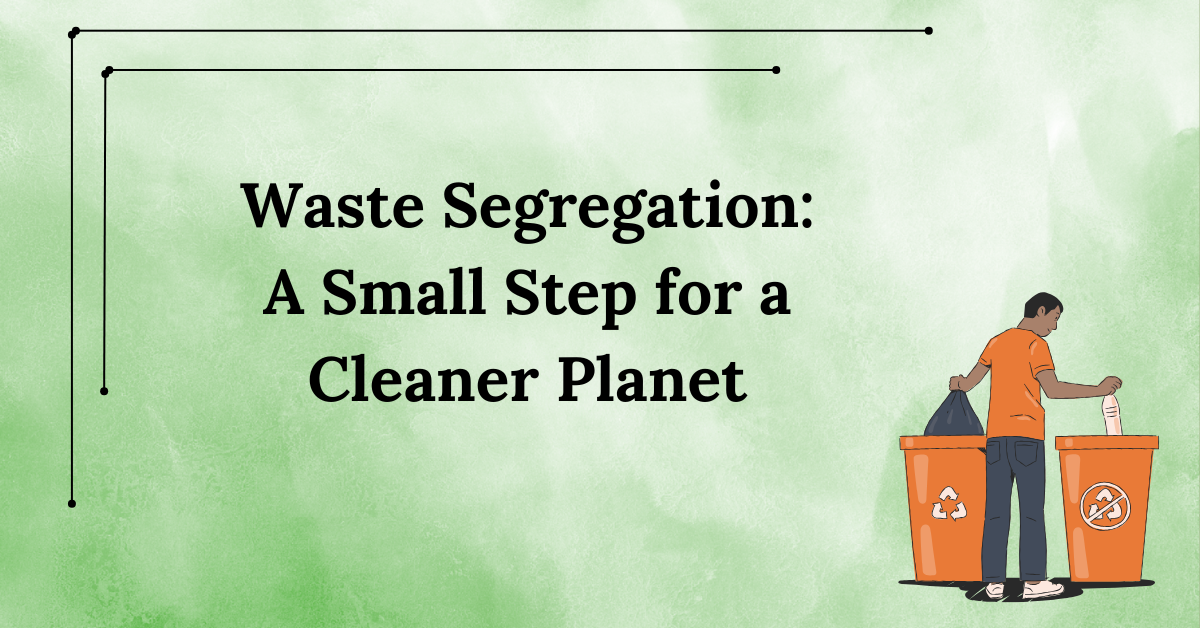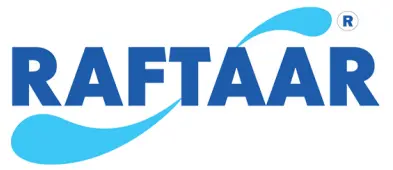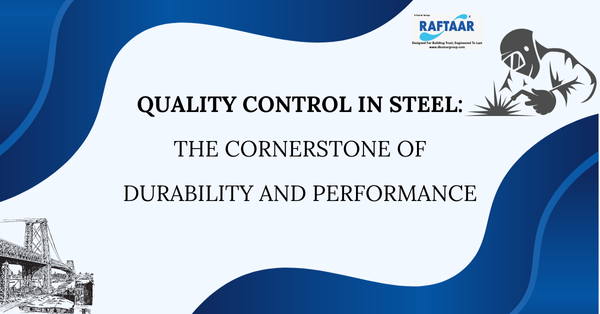Waste Segregation: A Small Step for a Cleaner Planet

Imagine a world where we breathe clean air. And natural resources are abundant? Sounds perfect, right? However, today’s reality is almost the opposite as our planet is drowning in waste. From overflowing landfills to population, the consequences of our throwaway culture are significantly increasing and becoming evident.
DKumar truly believes that this is not the future we deserve. The actual future which we deserve where our oceans are clean and air is pure is slipping away due to our unsustainable consumption habits. We believe that it is high time to take the responsibility to protect our planet for future generations.
The good news is the solution to this major problem lies in our hands. By adopting simple practices like waste segregation, it becomes significantly easy to create a sustainable future. In this blog, we will understand different types of waste, the benefits of waste segregation, and much more. So, read this blog till the end to know how a small step taken by you can make a big difference in society.
The Growing Problem of Waste Accumulation
Considering the current situation of the world, waste accumulation has become a globally concerning issue with far-reaching consequences for our environment. As the population is growing and consumption patterns are changing, the amount of waste generation seems unhealthy and continues to rise.
According to a report published by Statista, “More than two billion metric tons of municipal solid waste (MSW) are generated worldwide every year and this figure is expected to increase by roughly 70% by 2050.”
Another report published by the World Bank Group says, “Global annual waste generation is expected to jump to 3.4 billion tonnes over the next 30 years, up from 2.01 billion tonnes in 2016.”
The following are the major environmental effects of the excess waste:
- Landfill Pollution: The excess waste that is being generated often ends up in landfills. This waste can contaminate soil and groundwater with harmful chemicals, which can hinder the productivity of the soil and make the groundwater harmful.
- Air Pollution: Burning excessive waste can release harmful pollutants into the air and such unsanitary waste disposal practices can significantly contribute to air pollution and create respiratory health problems.
- Water Pollution: When we talk about waste, it is hard to ignore plastic and a significant portion of plastic waste usually ends up in the ocean and ends up harming marine life and ecosystems.
- Greenhouse Gas Emissions: Improper waste management often involves the release of greenhouse gasses, which contributes to global warming. Decomposing organic waste in plants produces methane, one of the most harmful greenhouse gasses, that contributes significantly to climate change.
Addressing the environmental impacts of waste accumulation requires a comprehensive and sustainable approach and one of the most effective strategies is waste segregation.
Waste Segregation: A Sustainable Approach
Waste segregation is a sustainable way to deal with the problem of waste accumulation. It involves sorting the waste into different categories based on its composition, such as recyclable waste, non-recyclable waste, and organic waste. By following this approach and separating the waste, we can:
- Reduce Landfill Waste: Proper segregation of waste can reduce the amount of excess waste, which is usually sent to landfills, and reduce the environmental effects.
- Increase Recycling Rates: Recycling the existing materials instead of using the new ones is a good practice to reduce pollution and save energy.
- Promote Organic Waste Management: Organic waste can be composted to create nutrient-rich soil and reduce the use of chemical fertilisers, which reduces the natural productivity of the soil.
Understanding Different Waste Types
Understanding different types of waste is essential for a proper waste management process and for a sustainable and environmentally friendly future. Hence, here’s a breakdown of the most common categories of waste:
Recyclable Waste
Recyclable waste is such waste which can be processed and transformed into new products. This helps in reducing pollution, saving energy, conserving resources, and reducing the demand for raw materials. Common items that can be recycled include newspapers, cardboard boxes, paper boxes, books, plastic items (such as bottles and containers), and metal (such as cans and scrap metal).
Non-Recyclable Waste
Non-recyclable waste includes materials that cannot be recycled later because they can be harmful to human health and the environment, if not disposed of properly at the right time.
Such materials include hazardous materials (such as paints, batteries, and solvents) and broken electronics such as cell phones, computers, etc.). Non-recyclable waste should be disposed of at the right time, according to the given regulations and guidelines to reduce its environmental impact.
Organic Waste
Organic waste, also known as biodegradable waste, consists of materials that can decompose naturally. Such materials include garden waste (such as leaves, twigs, or small branches) and food scraps (such as leftover food, fruit, vegetable peels, or tea bags).
Benefits of Waste Segregation
Reducing Landfill Waste
By adopting waste segregation and sorting the waste into different categories, we can compost organic waste and reduce the amount of waste that ends up in landfills. Instead, we can use the materials that can be recycled to create new products and promote resource conservation.
This also helps in saving up the landfill space and reducing the cost associated with landfill operations. According to UN environment programme data, In 2020, the direct cost of waste management was estimated to be $252 billion. However, when factoring in the hidden costs of pollution, climate change, and poor health, the cost rises to $361 billion.
The report also says, If any urgent action has not been taken on waste management, by 2050, the global annual cost could almost double to a figure of $640.3 billion.
This also contributes to mitigating the negative environmental impacts caused by excess waste in landfills, which includes soil contamination, greenhouse gas emissions, and much more.
Resource Conservation
The process of waste segregation also helps in recycling the waste and promotes resource conservation. Such recycled material materials can be remanufactured into new products, reducing the need for raw material extraction, which includes minerals or fossil fuels. This helps protect the natural ecosystem and contributes to the environment.
Composting Organic Waste
Waste segregation also helps in the process of composing, which includes decomposing organic waste in a structured environment to create nutrient-rich soil. This improves soil fertility, enhances nutrient availability, reduces erosion, and increases water retention. All of this reduces the need for additional chemical fertilisers, which harm the crops and affect the soil, leading to the creation of wastelands.
Tips to Start Waste Segregation
Waste segregation is a simple yet effective way to save the environment and bring a change in society. It might seem complex in the beginning, however, with the right approach, the entire journey can become smooth.
If you are aware of the benefits of waste segregation, but don’t know where to start, follow these steps to take a step towards a better future:
- Install bins: Start by setting up three separate dustbins for recyclable waste, non-recyclable waste, and organic waste. Make sure to keep the bins in the areas where you feel it is convenient to throw away the waste such as the kitchen. Also, don’t forget to add a label to each bin to avoid the confusion.
- Embrace composting: if you have a garden or a backyard in your home, start composing the organic waste of your home instead of throwing it away or putting it in a bin. This will instantly help you in creating a nutrient-rich soil, where you can grow flowers or vegetables for yourself.
- Avoid contamination: keep recyclable and organic waste, clean and make sure it doesn't get mixed up with the non-recyclable waste. This ensures the effective use of each waste type.
- Use color coding for the bins: In addition to labeling, it is advised to use different color codes for different bins for better understanding and to avoid confusion. Green-colored bin is usually used for wet waste, blue-colored bin for dry waste, red-colored bin for sanitary waste, and black-colored bin for hazardous waste or electronic waste.
Involvement of Businesses and Communities
Communities play a major role in promoting waste segregation and fostering a better future. They hold the power to educate and help people in adopting eco-friendly practices and creating a positive impact.
Businesses or communities can tie up together to organize awareness campaigns to inspire people and promote recycling initiatives such as planning and picking a place and cleaning that up for an entire day along with educating the nearby citizens.
At DKumar, we truly understand the importance of waste segregation and believe in making this a daily habit for a cleaner and greener future. If you have a project in mind and are facing issues around this major problem, we are here to help you. Contact us today to discuss your problem and find the most effective solution!
Conclusion
Waste segregation is one of the simplest, yet powerful methods of creating a sustainable environment and promoting environmental sustainability. By understanding the problem of waste accumulation, different waste types, and the numerous benefits of way segregation, we can create a healthier future by reducing the negative impacts of waste accumulation.
So, it’s time to take action! Start by setting up separate bins for recyclable non-recyclable and organic waste in your home and educating yourself and people around you about waste management practices. Let’s take a step today to not regret tomorrow!




